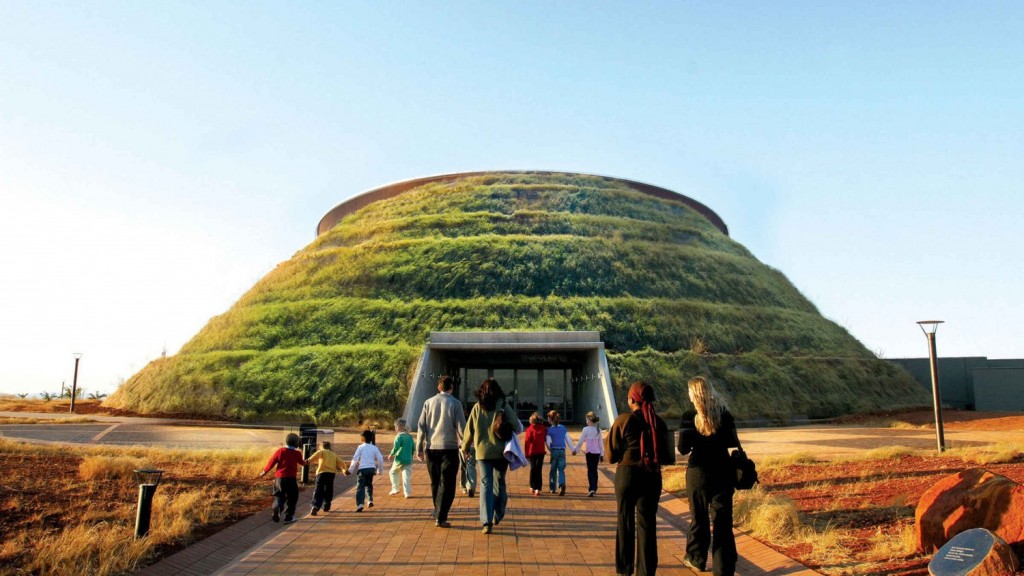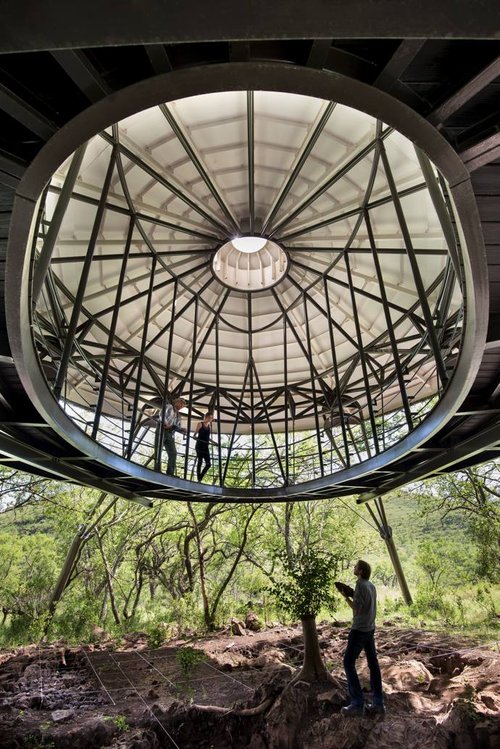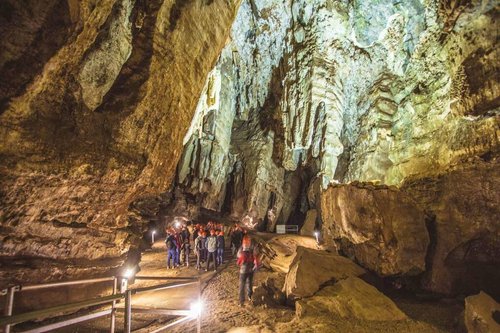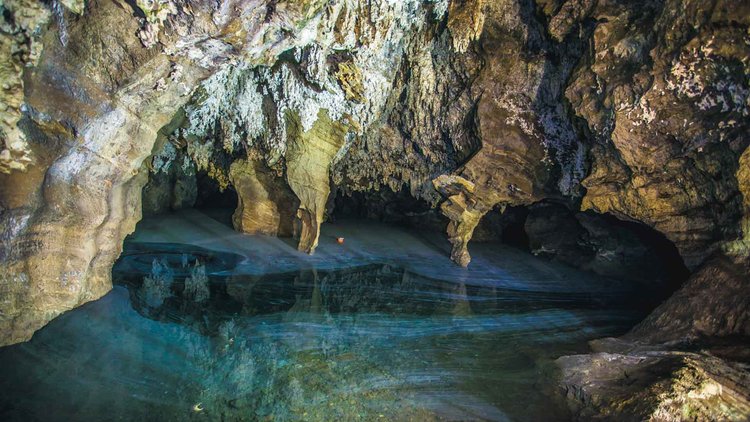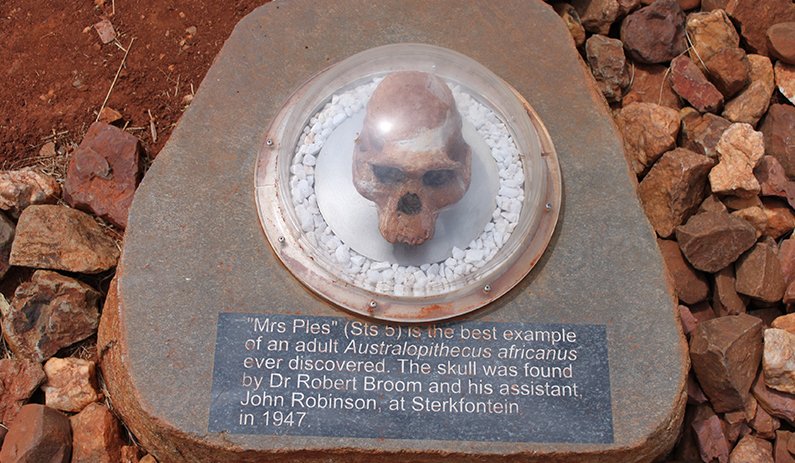Since the ‘reopening of the world’, post-Covid, people are for the first time leaving their locked-down home countries, travelling and exploring to find themselves once again whilst visiting some of the most beautiful locations on our planet, what better way to find oneself than to visit the site that is regarded as the place where humankind originated – The Cradle of Humankind.
WHAT IS THE CRADLE OF HUMANKIND?
The Cradle of Humankind (originally known as Cradle of Mankind) is an area in South Africa where fossilised remains of ancient forms of animals, tools, plants and most importantly, hominids have been found in many dolomitic limestone caves. These traces provide valuable information about human evolution. The oldest evidence dates back three million years or more.
The Cradle of Humankind was declared a UNESCO World Heritage site in 1999. It is one of eight World Heritage sites in South Africa.
WHERE IS IT LOCATED?
The Cradle of Humankind is located around 50 kilometers (30 miles) from Johannesburg. It covers an area of about 180 square miles (470 square kilometers) in the provinces of Gauteng and North West. There are 13 major fossil sites in the region. Sterkfontein, near Krugersdorp, is the best known of these sites. Other sites include Swartkrans, Kromdraai, Drimolen, Bolt’s Farm, and Gondolin. Most of the sites are still being excavated.
SOME DISCOVERIES…
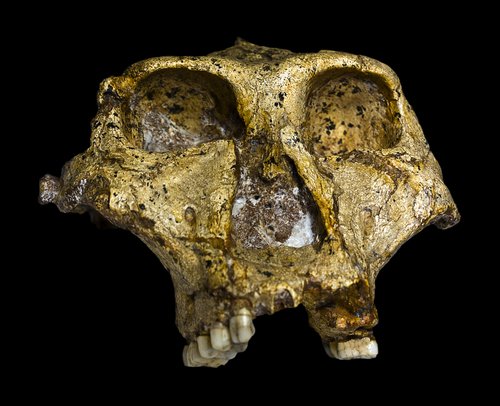 Since the 1930s thousands of fossils, including hundreds of hominin (both modern humans and all their ancestors) fossils, have been discovered in the Cradle of Humankind. Evidence also suggests that around 1.3 million years ago, the first human-made fire was made at Swartkrans, making this area truly special!
Since the 1930s thousands of fossils, including hundreds of hominin (both modern humans and all their ancestors) fossils, have been discovered in the Cradle of Humankind. Evidence also suggests that around 1.3 million years ago, the first human-made fire was made at Swartkrans, making this area truly special!
Sterkfontein has proven to be one of the richest sources of information about human evolution. Fossils were first discovered there when the area was being mined for lime deposits. In 1936 a palaeontologist from Pretoria, Robert Broom, began collecting fossils found by miners who were mining in the area for lime deposits. Eventually, remains of early humanlike creatures, now called Australopithecus africanus, were uncovered. Australopithecus africanus is one of several extinct hominins.
Sterkfontein has proven to be one of the richest sources of information about human evolution. Fossils were first discovered there when the area was being mined for lime deposits. In 1936 a palaeontologist from Pretoria, Robert Broom, began collecting fossils found by miners who were mining in the area for lime deposits. Eventually, remains of early humanlike creatures, now called Australopithecus africanus, were uncovered. Australopithecus africanus is one of several extinct hominins.
The most famous fossils discovered in the Cradle of Humankind are known as Mrs. Ples and Little Foot. Both were in caves at Sterkfontein. Robert Broom uncovered Mrs. Ples in 1947, an Australopithecus africanus skull that is estimated to be between 2.5 and 2.8 million years old.
In 2008 scientists found the fossilized jawbone and collarbone of a young male hominin outside Malapa Cave. The remains belonged to a separate hominin species, called Australopithecus sediba. A species that evolved after the more primitive Australopithecus species, estimated to be nearly two million years old.
In 2015 another group of scientists announced the discovery of more than 1,500 human fossils in the Rising Star cave system in the Cradle of Humankind. It was determined that these bones came from a species that scientists named Homo naledi. The species was unknown before the discovery.
A VISIT TO THE CRADLE OF HUMAN KIND
Explore the origins of humankind through interactive exhibitions about the history of Earth and humans at one of the visitor centres. See incredible lifelike replicas of hominids and fascinating stone tools, go on an underground boat ride inside the Tumulus building for a chance to explore the origins of humankind, gain a sense of our origins and help shape your perspective about the world we live in today. Take a fascinating educational tour (on foot) through the caves led by one of the local knowledgeable guides.
To find out more about exploring the fascinating Cradle of Humankind, connect with us to request a tailor-made package.

